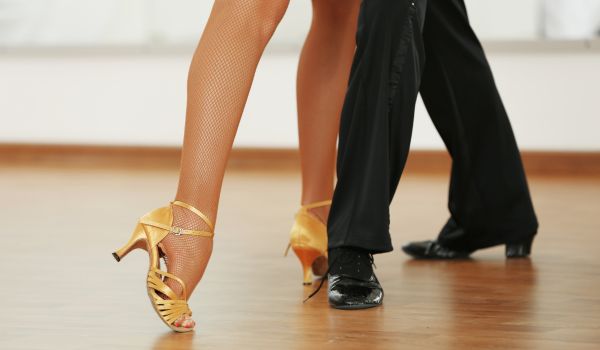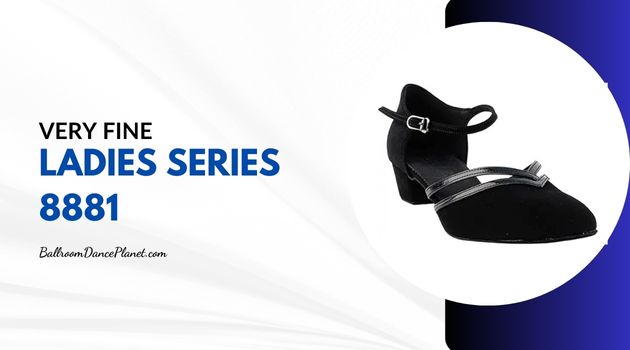How Do You Control Facial Expressions When Dancing?

How many of you have been at a dance performance or competition and felt like you were watching a blank screen? If this is your experience, it may be because the dancers are not using facial expressions to their advantage.
Dancers often use facial expressions as an essential form of communication: instead of words, they express themselves through movement and eye contact with the audience.
However, if these elements seem forced or unnatural, the performance can feel flat and uninteresting; in some cases, even unintentionally comical. In today’s blog post, we will discuss how to use facial expressions effectively during performances and competitions so that you can take your dancing skills to the next level!
Note: We hope you love our articles! Just so you know, as an Amazon Associate, we earn from qualifying purchases. Thank you if you use our links; we really appreciate it!
How can I control my face when dancing?
- Use your eyes. While dancing, look around at where you are and what surrounds you, especially if you need to spot something.
- Try relaxing your jaw. Allow your tongue to rest within your mouth.
- Close your mouth, then gently exhale through it. Let your jaw relax as you breathe in and out through your nose.
- Raise your brows just a little. As you would when engaging in an interesting discussion with someone else.
How do you smile naturally while dancing?
That is the question many dancers ask themselves. Smiling and using facial expressions help your audience connect with you, so it’s important to be able to do this while dancing without looking like you’re forcing yourself through every movement.
- Don’t have your top and bottom teeth touch each other. Keep a narrow distance between your two rows of teeth for a more natural, softer appearance.
- Don’t try to make your smile broader than it is.
- Relax your facial muscles and let them naturally curve around your teeth.
- Avoid clenching your jaw. This will make it difficult to smile without looking tense. Open your mouth a bit wider than normal and allow your jaw to relax.
- Keep your teeth white. Use a teeth whitener. Here’s a popular one.
How to Improve Your Facial Expressions
Facial expression is another significant aspect to consider as a dancer. A dancer’s face, particularly their eyes, can sometimes make or break their performance.
For example, a dancer with a blank face would not be very successful if their dance was meant to be emotional. On the other hand, exaggerated facial expressions will add to the feelings if you perform a routine.
You can do a few things to improve your facial expressions as a dancer. First, try and connect with the music and your audience. Make sure to smile or laugh along with the song you’re dancing to if it is meant to be a happy piece of choreography, for example.
You can also practice making facial expressions in front of a mirror so that they become second nature instead of something you have to think about as you dance on stage!
How do emotions control facial expressions?
The emotions we feel can be easily seen in our facial expressions. For example, when someone is angry, their face will likely show signs of anger, such as a scowl or clenched teeth. This is because the emotions we feel control the muscles in our faces.
When you see someone’s facial expression, what you’re really seeing is their attempt to control their muscles.
In psychology, research has found that the emotions we feel can be seen in our facial expressions within milliseconds of feeling them. However, it’s important to note that not everyone expresses their emotions in the same way. For example, some people might smile when angry, while others might frown.
So what happens when we see someone’s facial expression? Well, our brain can interpret the emotion that the person is feeling. This is because our brain has been trained over time to associate certain emotions with specific facial expressions.
Conclusion
When you dance, the muscles in your face are more relaxed than they would be when smiling or frowning. In order to smile naturally while dancing, it may help to think of a time that made you happy and relive those memories as if you’re watching them on TV.
It is also helpful to remember how some people might interpret your facial expressions, so that’s why we’ve provided a list of emotion-related exercises for you to try out!
Remember, just because someone can’t see your eyes doesn’t mean they won’t notice what type of mood you’re in from the rest of your body language and facial expression. So make sure to use these tips before going out on the floor.







